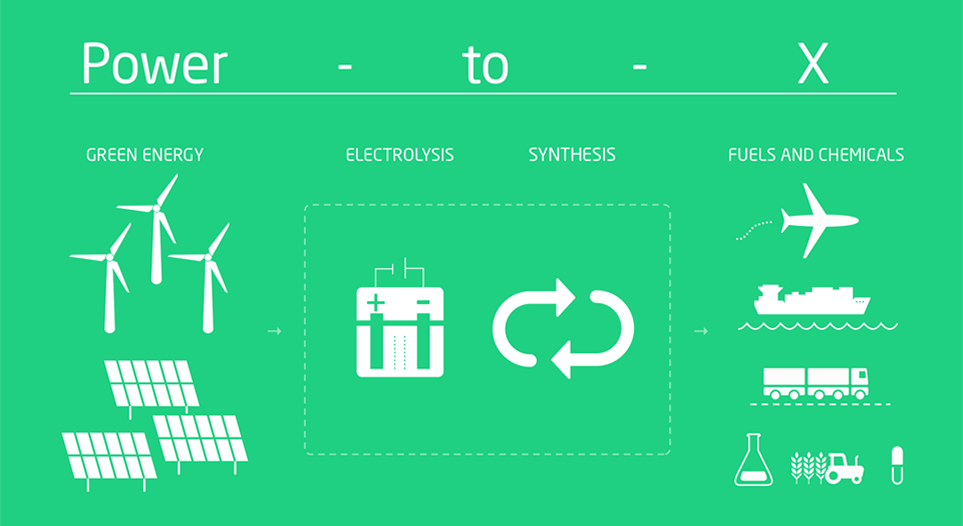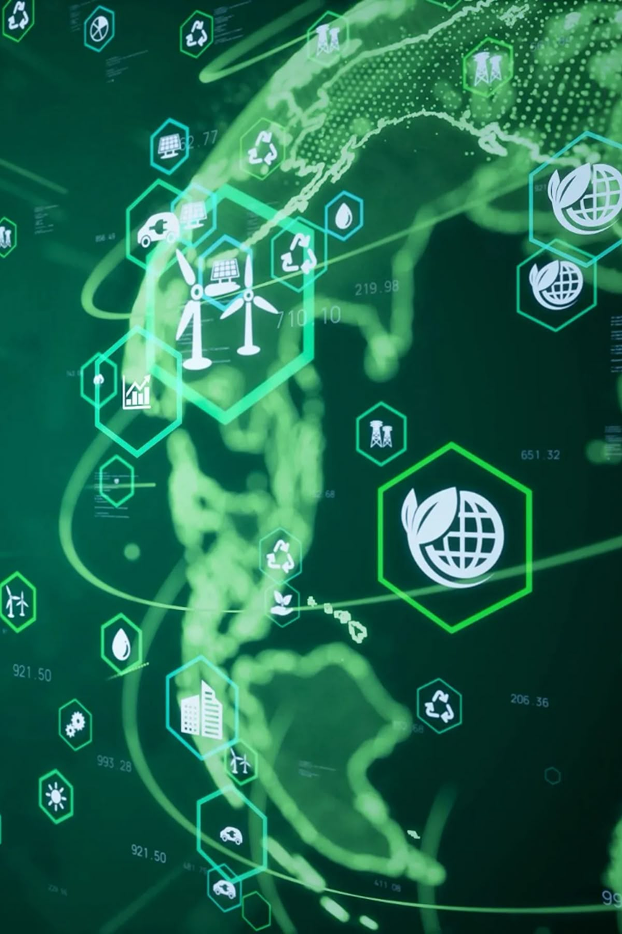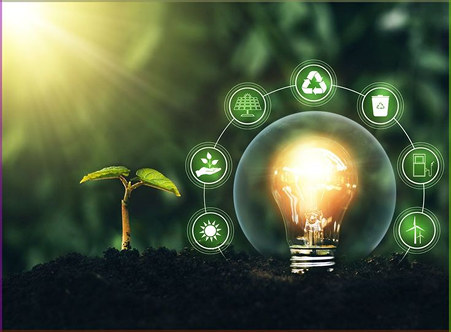
Power-to-X (PtX) applications are a technology concept that utilizes excess electricity from renewable energy sources, such as solar or wind power, and then converts it into other forms of energy or products that can be used in various sectors. The "X" in this term stands for the final form of the energy or product produced, such as synthetic fuels, hydrogen, heat, chemicals, or even energy for transportation.
The PtX process typically begins with green electricity. This electricity supplies an electrolyzer that splits water into hydrogen and oxygen. Several types of electrolyzers are commonly used—alkaline, PEM, and SOEC—each with different cost characteristics, efficiency, and heat/electricity requirements. The pure hydrogen can be supplied directly to industry, sold as fuel, stored, or used as a feedstock for subsequent conversion steps.
KEY COMPONENTS OF PtX APPLICATIONS

MAIN BENEFITS
The benefit of Power-to-X (PtX) lies in its ability to convert excess renewable electricity into a more flexible, easily stored form of energy that can be used in various sectors that previously struggled to transition from fossil fuels. This technology helps bridge the limitations of fluctuating solar and wind energy, so that excess electricity generated is not wasted but converted into hydrogen, synthetic fuels, ammonia, or other chemicals with high economic value. In this way, PtX not only maintains the stability of the energy system but also creates a long-term energy reserve that can be tapped whenever needed.

Frequently Asked Questions
Power-to-X (PtX) is a technology that converts surplus renewable electricity into other forms of energy or products, such as hydrogen, synthetic fuels, chemicals, or heat. This enables renewable energy to be stored, transported, and used across multiple sectors.
The key benefits include integrating more renewable energy into the grid, reducing greenhouse gas emissions, providing sustainable alternatives to fossil fuels, and enabling decarbonization of hard-to-electrify sectors like aviation, shipping, and heavy industry.
PtX can be applied in various sectors: producing green hydrogen for industry and transport, generating e-fuels for aviation and shipping, creating renewable-based chemicals for manufacturing, and providing long-term energy storage to balance renewable power supply.